I am having trouble finding diagrams to show induction motors with poles not equal to 3x. Everything I find is 2 poles per phase. Can anyone explain and help me visualize, for example, a 4 pole 3 phase induction motor?
3 Answers
- Lest there be any confusion: poles always appear in pairs. The windings generate alternating N (north) and S (south) poles. As a result AC motors are 2-pole, 4-pole, 6-pole, etc. (It may help to remember that if you were to break a bar magnet in half to isolate each of the poles that new opposite poles would appear each side of the break, giving you two bar magnets each with a N-S pole pair.)
- On a three-phase motor the pole pattern has to be repeated for each phase. Therefore a 2=pole, 3-phase motor will have six poles.
Figure 1. A 2-pole, 3-phase motor.
Figure 2. A 4-pole, 3-phase motor.
Figure 3. A 6-pole, 3-phase motor.
Images from Basil Networks permanent magnet brushless motors page. This is worth a read as it shows the series motor connections.
Figure 4. 4-pole, 3-phase AC induction motor illustration. Source Wikipedia: induction motor.
Figure 4 is a little clearer regarding the flux path inside the rotor.
- 168,990
- 12
- 186
- 385
-
"Therefore a 2=pole, 3-phase motor will have six poles.", IMO that statment isn't correct, because it has 2 poles, rather it has six winding, but it would be OK if you provide a reference/citation to that statement. – Marko Buršič Mar 27 '16 at 15:38
-
my confusion was the count difference between windings and poles. thank you! – blindguy Mar 28 '16 at 02:59
-
I stared at these Basil Networks diagrams for yonks trying to figure out why I couldn't get them to work. Turns out the 4-pole and 6-pole are wrong. The additional pole pairs also require additional magnetic poles. See slide 23 of https://www.pjm.com/-/media/training/nerc-certifications/gen-exam-materials/bet/20160104-basics-of-elec-gen-theory.ashx?la=en Can anyone confirm that the additional "N N S S" labels on the Basil diagrams are incorrectly labelled? – Heath Raftery Nov 08 '18 at 04:25
-
1Figure 2 shows an odd wiring setup where you have four windings, but they're wound such that two adjacent windings act together, hence "NN NN SS SS". But normally you wire each adjacent winding to act opposite the last winding, giving "NN SS NN SS". This is shown for a normal three phase four pole motor in Figure 4. – Orion Lawlor Feb 25 '20 at 06:15
-
Isn't the statement *"a 2=pole, 3-phase motor will have six poles"* contradictory? Is that a typo? – StayOnTarget Oct 04 '21 at 19:39
-
@StayOnTarget, no, I don't think so. There are two poles per phase and three phases. You can count them on Figure 1. I found six. – Transistor Oct 04 '21 at 19:48
-
@Transistor its just the wording "a 2 pole motor ... will have 6 poles". Maybe if you edit to say "2 poles per phase" the extra clarity would be helpful. – StayOnTarget Oct 04 '21 at 22:53
-
The "pole designations" on the rotors in your drawings should alternate just like the direction of arrows in the animation does - as is, I see 2-pole rotors, only. – greybeard Mar 10 '23 at 21:12
I think you are getting confused by pole and no of winding in three phase induction moter six coil winding makes one pair of pole or two pole . If there is four pole (two pair of pole )no of winding becomes 12
- 21
- 1
Because a magnet field has two poles N and S, or one pole pair. The poles number can therefore be just a number 2*N. And it is not poles per phase, but rather poles (or pole pairs). For example you have a two pole motor, or a motor with one pole pair, which is the same. The synchronous speed of a induction motor is N=f/(60*N_of_pole_pairs).
The picture below is a representation of magnetic flux of 2 pole vs. 4 pole machine. The 2 pole has poles N and S, while 4 pole has N S N S.

Four pole induction motor animation:
Edit: You should search for rotating magnetic field. The current in three phase winding generates magnetic field of constant magnitude that rotates if the currents are AC. The same could be done with two phase windings with 90 degrees appart, but we would need 4 wires, meanwhile the three phase system uses only 3 wires. Therefore the number of phases isn't related to the number of pole pairs.
Edit2: Special for user JonRB that has no idea of induction motors, see there are 2,4,6,8... poles, 3 POLES DOESN'T EXIST.
- 23,562
- 2
- 20
- 33
-
yeah but how is a two pole 3 phase motor wired. Its easy for me to visualize a 6 pole 3 phase motor because each phase can be a pole pair – blindguy Mar 27 '16 at 03:19
-
you can't have a 2pole, 3phase machine... 3pole, 3phase machine is the lowest count – Mar 27 '16 at 10:04
-
@JonRB If you don't know the single phase induction motor is two phase, also the stepper motor is to phase, but there is no such motor as 3 pole. – Marko Buršič Mar 27 '16 at 13:54
-
How is a single phase a 3phase as 1) asked, 2) I stated. And equally there was a typo in my comment. 3pole pair.. – Mar 27 '16 at 14:15
-
@JonRB "3pole, 3phase machine is the lowest count" nor 3 pole is lowest count, it's 2 pole; nor 3 phase is lowest count. – Marko Buršič Mar 27 '16 at 14:18
-
You'll have to find another excuse about the typo, becuse the correct answer would be 1 pole pair. – Marko Buršič Mar 27 '16 at 15:23
